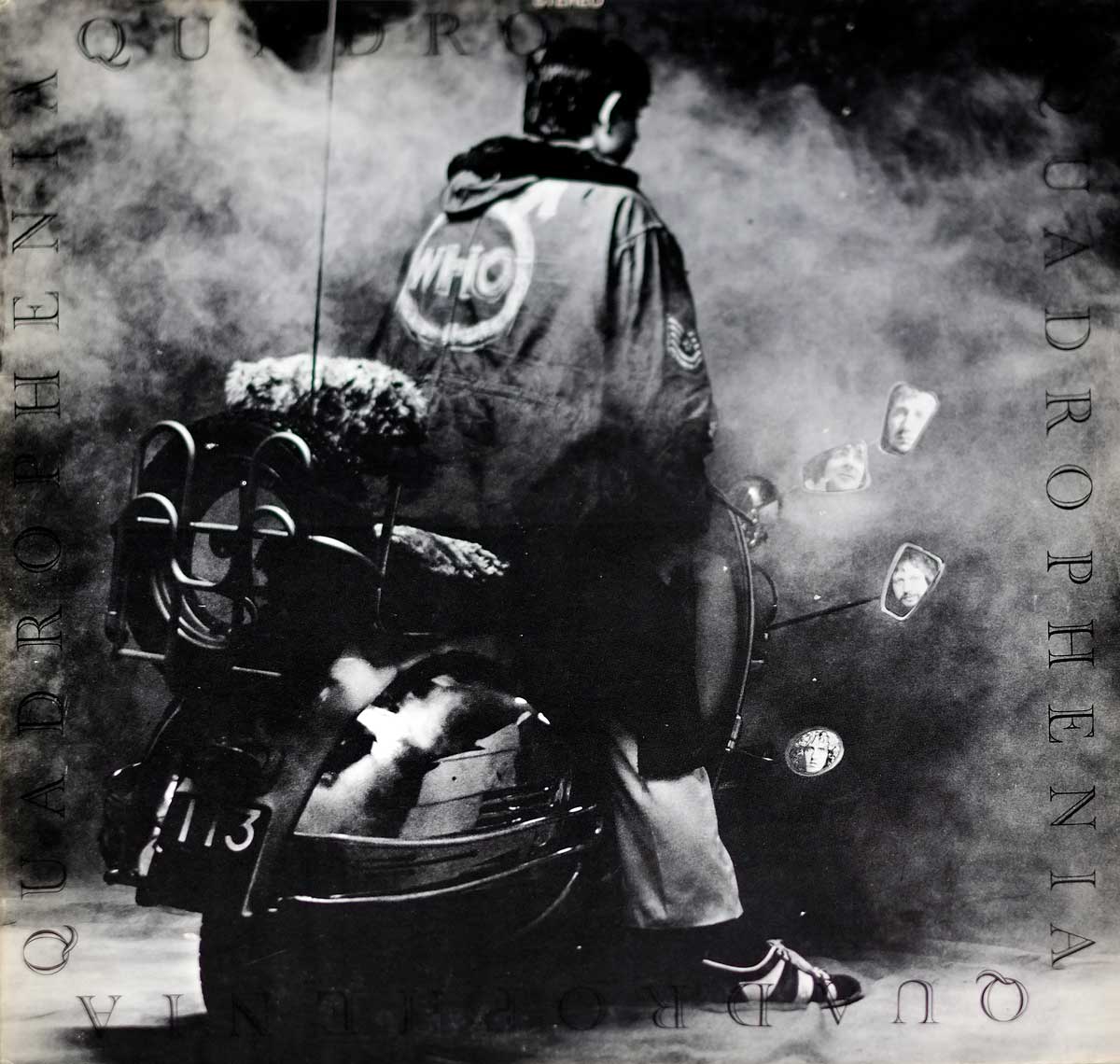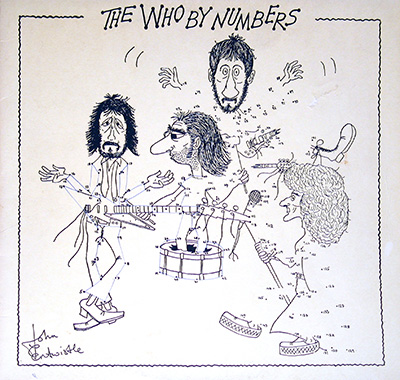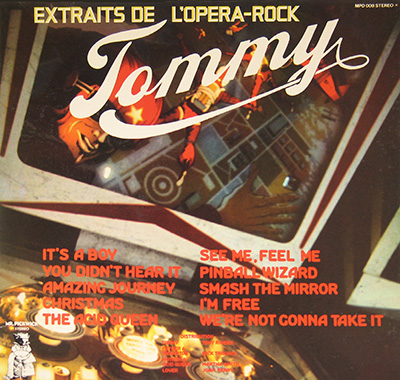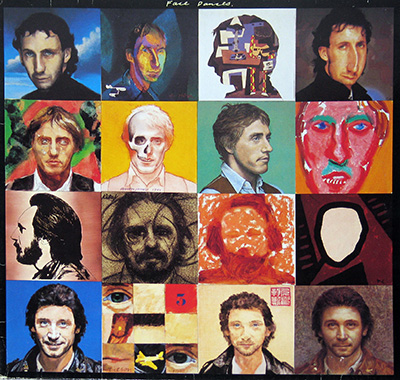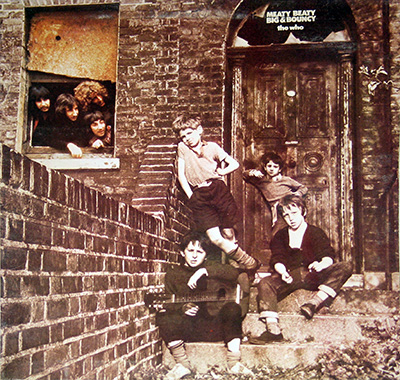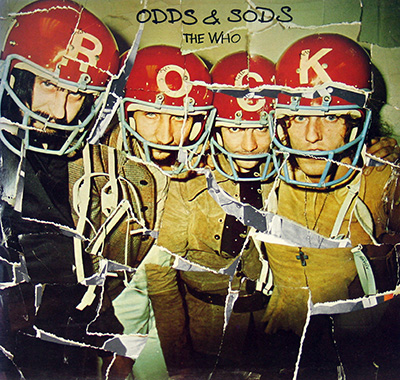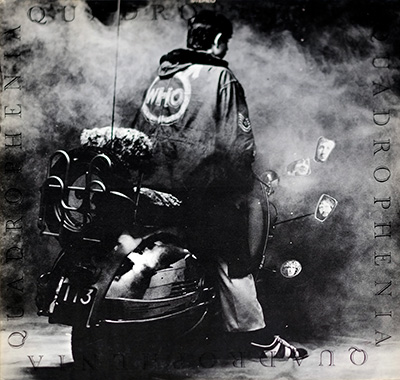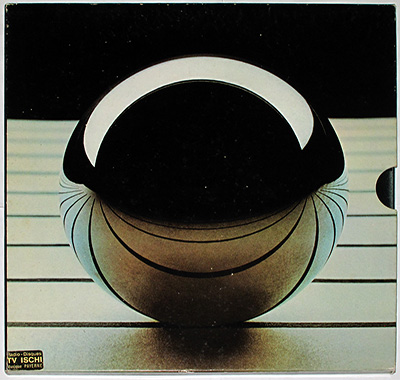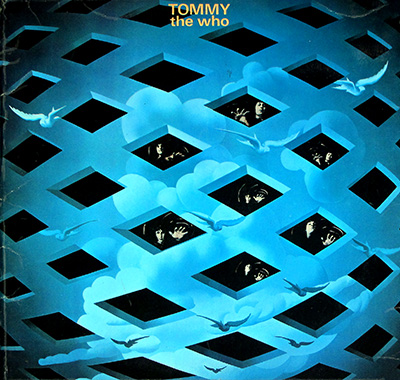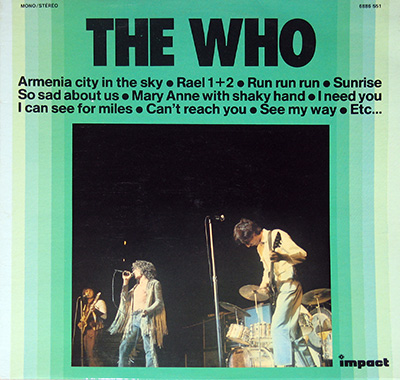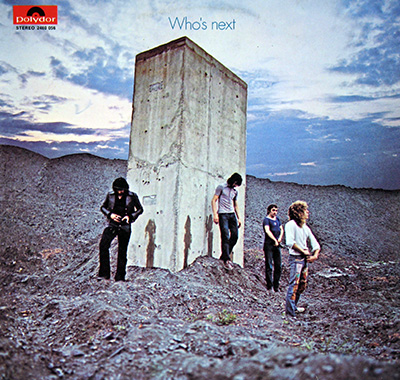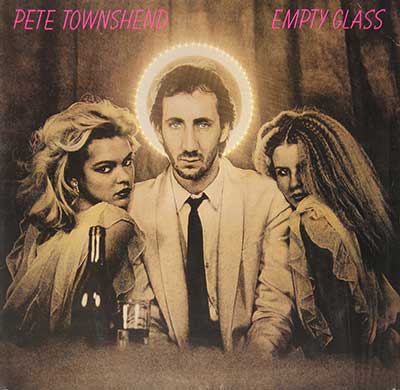"Quadrophenia" Album Description:
The year was 1973, and The Who, one of the pioneering forces in the rock music scene, unveiled their sixth studio album, "Quadrophenia." This double LP not only marked a significant point in the band's illustrious career but also became a timeless exploration of youth, rebellion, and the complexities of identity. Released on 19th October 1973 in the USA, "Quadrophenia" stands as a testament to The Who's musical prowess and their ability to capture the essence of an era.
The Making of a Rock Opera:
"Quadrophenia" is not just an album; it's a rock opera that delves into the mod subculture of the 1960s. The term "Quadrophenia" itself is a portmanteau of "quadrophonic" and "schizophrenia," hinting at the album's complex narrative structure. Pete Townshend, the band's principal songwriter and guitarist, conceived the idea for the rock opera, drawing inspiration from his own experiences and observations of the mod movement.
The narrative revolves around a young mod named Jimmy, a character facing the challenges of adolescence, identity crises, and societal expectations. The album's structure, with four thematic elements representing each band member, adds a layer of depth to the storytelling. This innovative approach showcased The Who's willingness to push artistic boundaries within the rock genre.
Musical Mastery and Conceptual Brilliance:
"Quadrophenia" is a sonic journey that seamlessly blends various musical styles, ranging from powerful rock anthems to soulful ballads. The intricate instrumentation, signature guitar riffs, and dynamic vocals create an immersive experience for the listener. Songs like "The Real Me," "Love, Reign o'er Me," and "5:15" are not only musical gems but also integral to the narrative's progression.
The band's performance is complemented by the iconic cover artwork, a gatefold design that unfolds to reveal a visually striking representation of the mod subculture. The cover art, designed by Graham Hughes, captures the essence of the album's themes, providing a visual entry point to the world of "Quadrophenia."
Critical Reception and Legacy:
Upon its release, "Quadrophenia" received critical acclaim for its innovation and thematic depth. The album's exploration of youth culture struck a chord with audiences, establishing it as a classic within The Who's discography. Over the years, it has continued to garner praise for its enduring relevance and influence on subsequent generations of musicians.
The impact of "Quadrophenia" extends beyond its initial reception. The album has inspired stage productions, a 1979 film adaptation, and even a stage musical, solidifying its status as a cultural touchstone. Its enduring popularity is a testament to the universal themes embedded in the narrative and the timeless quality of The Who's musical craftsmanship.
